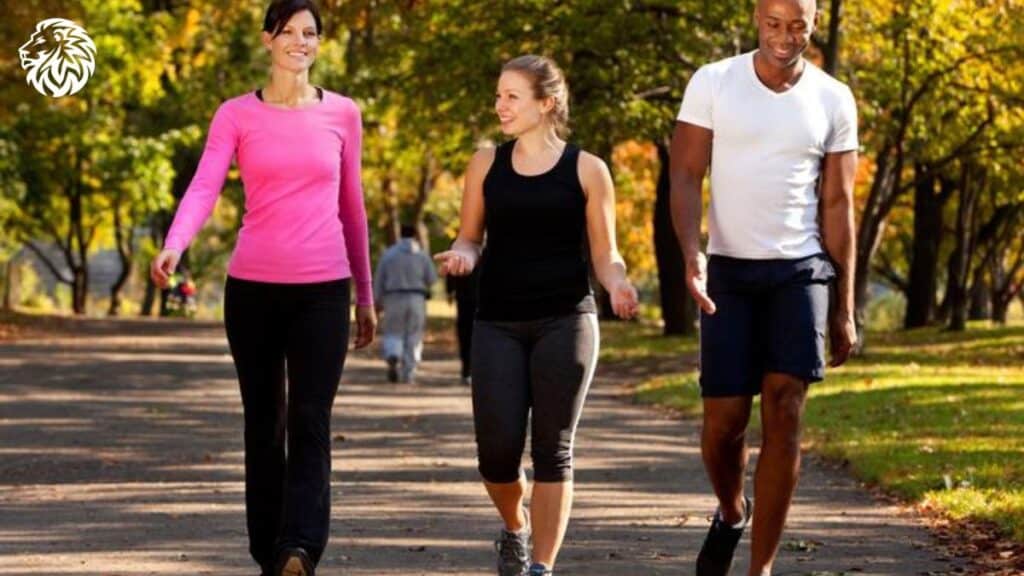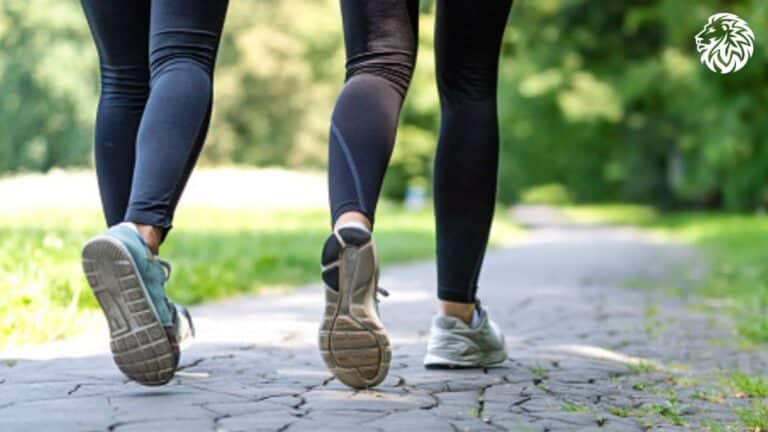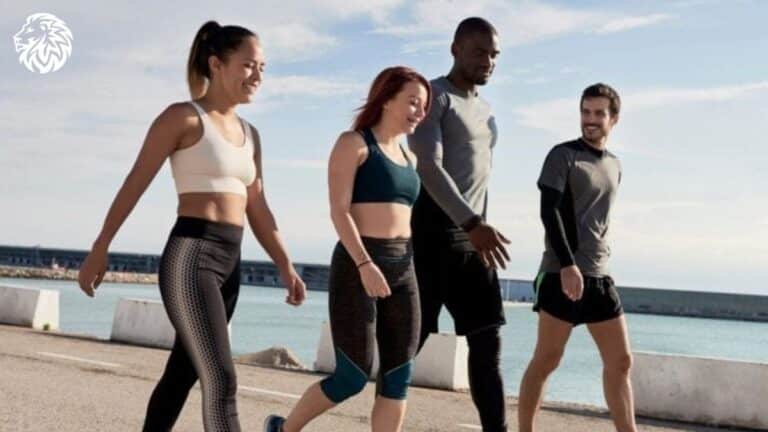Walking workouts have grown in popularity recently as a low-impact, practical form of exercise that is simple to fit into daily schedules. The popularity of walking workouts is accompanied by a number of myths and misconceptions, though. We aim to dispel these myths and give you accurate information in this article so you can fully enjoy the advantages of walking. Let’s dive into the top 10 myths and facts about walking workouts.
10 Myths and Facts about Walking Workouts
1. Myth: Walking is not an effective form of exercise
Fact: Walking is a low-impact aerobic exercise with numerous health benefits
Many people believe that walking is not an effective form of exercise compared to more vigorous workouts like running or weight lifting. However, this is far from the truth. Walking has been proven to provide numerous health benefits, such as:
- Improved cardiovascular health
- Weight management
- Strengthened bones and muscles
- Reduced stress and anxiety
- Enhanced mood and overall mental wellbeing
Even though walking isn’t as intense as some other exercises, it is still a useful addition to a fitness routine.
2. Myth: Walking is only for the elderly or unfit
Fact: Walking is suitable for people of all ages and fitness levels
Walking is often wrongly perceived as a form of exercise only suitable for the elderly or those with limited fitness abilities. Walking is actually a flexible and adaptable exercise that can be tailored to fit people of all ages and fitness levels. By adjusting the speed, distance, and terrain of your walks, you can create a customized walking workout to meet your personal fitness goals and abilities.

3. Myth: Walking can’t help with weight loss
Fact: Walking can contribute to weight loss when paired with a healthy diet
Despite burning fewer calories than high-octane exercises, walking, in tandem with a balanced diet and diverse exercise regimen, proves beneficial for weight loss. As a routine, walking amplifies daily caloric expenditure—vital for shedding pounds. Moreover, walking bolsters metabolism, simplifying healthy weight maintenance over time.
4. Myth: Walking doesn’t build muscle
Fact: Walking helps to tone and strengthen muscles, especially in the lower body
Walking may not be as effective as weight training for building muscle mass, but it can still help tone and strengthen muscles, particularly in the lower body. Walking engages muscles in your legs, hips, and core, and maintaining proper posture while walking can also engage your upper body muscles. To increase the muscle-building potential of your walking workouts, consider incorporating intervals of faster-paced walking, uphill walking, or walking with added weight, such as a weighted vest or ankle weights.
5. Myth: You need to walk for at least an hour to see benefits
Fact: Even short walks can contribute to overall health and wellbeing
While extended walks yield heightened benefits, strolls as brief as 10-15 minutes positively impact health and wellness. Short jaunts elevate physical activity, lift mood, and alleviate stress. Prioritizing regularity over walk duration is essential, cultivating consistency in one’s walking practice.
6. Myth: Walking indoors is not as effective as walking outdoors
Fact: Walking indoors can provide similar health benefits to walking outdoors
Walking indoors can still offer many of the same health advantages as walking outdoors, including exposure to sunlight and fresh air. When the weather is bad or the outdoor conditions aren’t ideal, walking on a treadmill, in a mall, or around your house can be an efficient way to add walking workouts to your routine. The key is to maintain consistency and intensity in your walking workouts, regardless of the location.

7. Myth: You must walk at a brisk pace to gain health benefits
Fact: Walking at a moderate pace can still provide substantial health benefits
While walking at a brisk pace can yield more significant health benefits, walking at a moderate pace can still provide substantial advantages. Even moderate-intensity walking, according to research, can enhance cardiovascular health, lower the risk of chronic diseases, and enhance general wellbeing. The important factor is to maintain consistency in your walking workouts and gradually increase the intensity and duration as your fitness level improves.
8. Myth: You don’t need proper footwear for walking
Fact: Wearing appropriate walking shoes is essential for comfort and injury prevention
Many people believe that any pair of comfortable shoes will suffice for walking workouts. However, investing in a pair of proper walking shoes is crucial for ensuring comfort and preventing injuries. Walking shoes should provide adequate arch support, cushioning, and stability to reduce the risk of blisters, foot pain, and other injuries associated with walking. Wearing appropriate footwear can also improve walking performance and make your workouts more enjoyable.
9. Myth: Walking alone is enough for a well-rounded fitness routine
Fact: Walking should be combined with other forms of exercise for optimal health benefits
Granted, walking boasts numerous health perks; however, fusing it with alternative exercises creates a well-rounded fitness program. Incorporating strength training, flexibility exercises, and additional cardiovascular activities enhances total fitness, addressing multiple facets of health and wellbeing.
10. Myth: All walking workouts are the same
Fact: Varying your walking workouts can enhance effectiveness and enjoyment
Just like any other form of exercise, it is essential to vary your walking workouts to prevent boredom and maintain motivation. You can change the intensity, duration, and terrain of your walks, as well as incorporating intervals, hill walking, or adding weights to your routine. Mixing up your walking workouts will not only make them more enjoyable but also enhance their effectiveness in achieving your fitness goals.
Conclusion
Walking workouts offer a versatile and accessible form of exercise that can provide numerous health benefits. We hope that by dispelling the myths about walking workouts, you’ll be better equipped with information and inspiration to incorporate walking into your fitness regimen. So lace up your walking shoes, and take the first step towards a healthier you!
Frequently Asked Questions
Can I lose weight by walking alone?
While walking can contribute to weight loss, it is most effective when combined with a healthy diet and other forms of exercise.
How many steps should I aim for each day?
A common recommendation is to aim for 10,000 steps per day. However, individual goals may vary based on fitness levels and personal objectives.
How can I track my walking workouts?
You can use a pedometer, fitness tracker, or smartphone app to track your steps, distance, and other walking metrics.
How can I increase the intensity of my walking workouts?
You can increase the intensity of your walking workouts by walking faster, incorporating intervals, walking uphill, or adding weights to your routine.
How often should I replace my walking shoes?
It is generally recommended to replace walking shoes every 300-500 miles or when they show signs of significant wear and tear.







